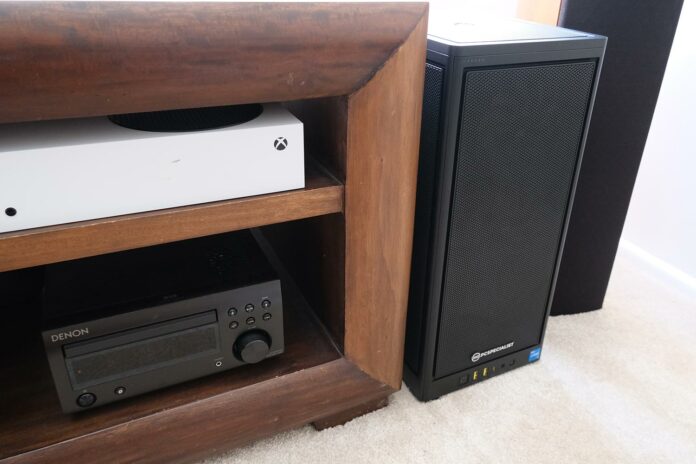The best things come in small packages. PCSpecialist hopes this idiom rings true as we examine a high-specification small-form-factor (SFF) system equipped with an Intel Core i5-13500 CPU, RGB-infused Corsair chassis, cooler and RAM, alongside GeForce RTX 4070 graphics. All yours for £1,499. Let’s say a warm hello to the PCSpecialist Torpedo Pro.
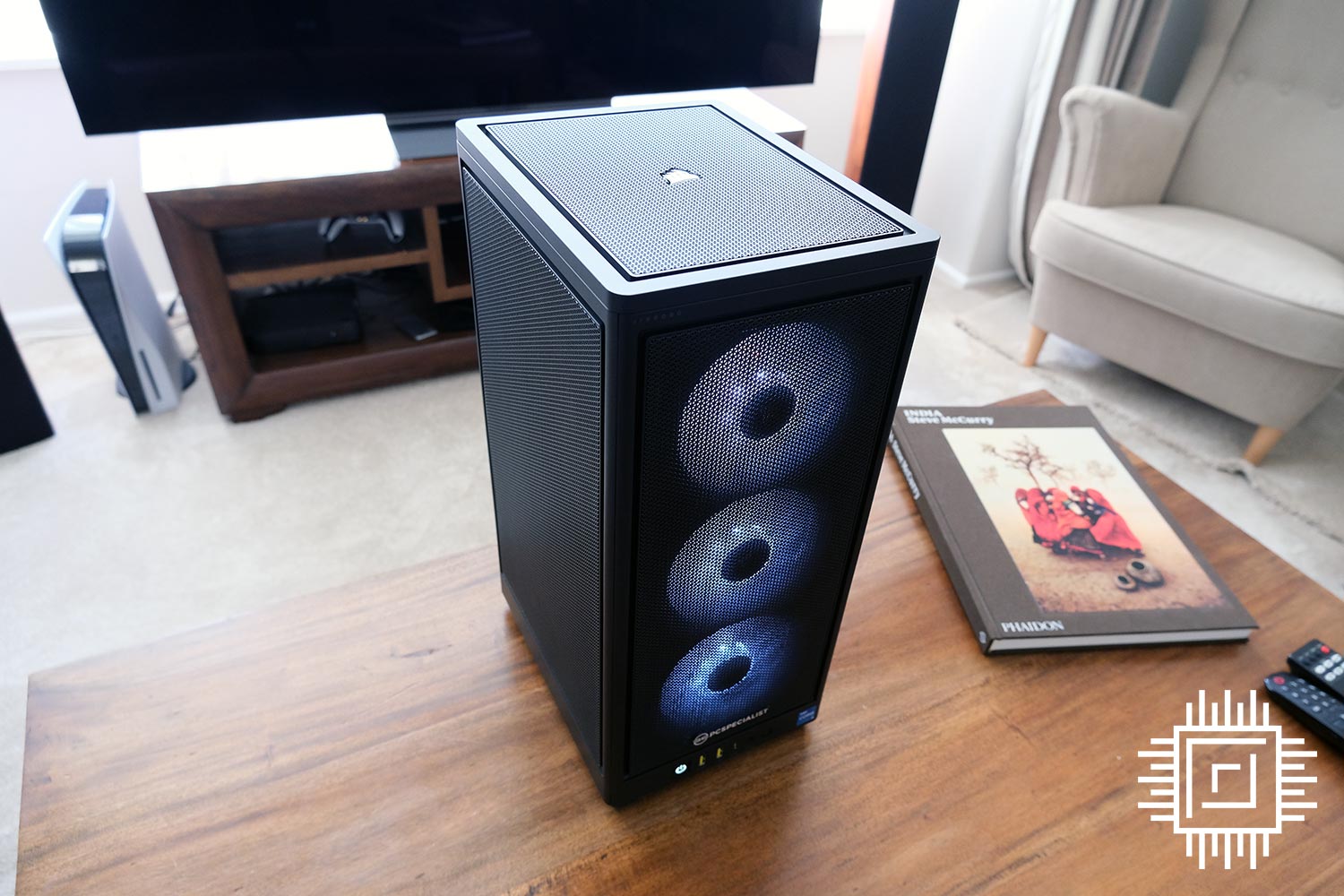

PCSpecialist Torpedo Pro
£1,499
Pros
- Impressive value
- Small footprint
- Transferrable warranty
- Cool and mostly quiet
Cons
- SSD not the fastest
- Rear I/O hard to access
Club386 may earn an affiliate commission when you purchase products through links on our site.
How we test and review products.
The system’s heft takes one by surprise, belying its size, and tipping the scales at 8.9kg, it’s a solid bit of kit. Starting from the outside and working our way in, PCSpecialist cocoons components within a Corsair 2000D RGB Airflow chassis measuring 200mm wide and 271mm deep.
A small footprint is a boon for sitting atop a desk when space is at a premium, and the 458mm height and 24l capacity gives rise to installation opportunities not typically found on true SFF chassis. That’s because there’s twice the ‘literage’ on offer compared to Corsair’s prebuilt One PCs and more than double the space found within the lovely-looking Fractal Terra. Perhaps there ought to be a new category called medium-form-factor.
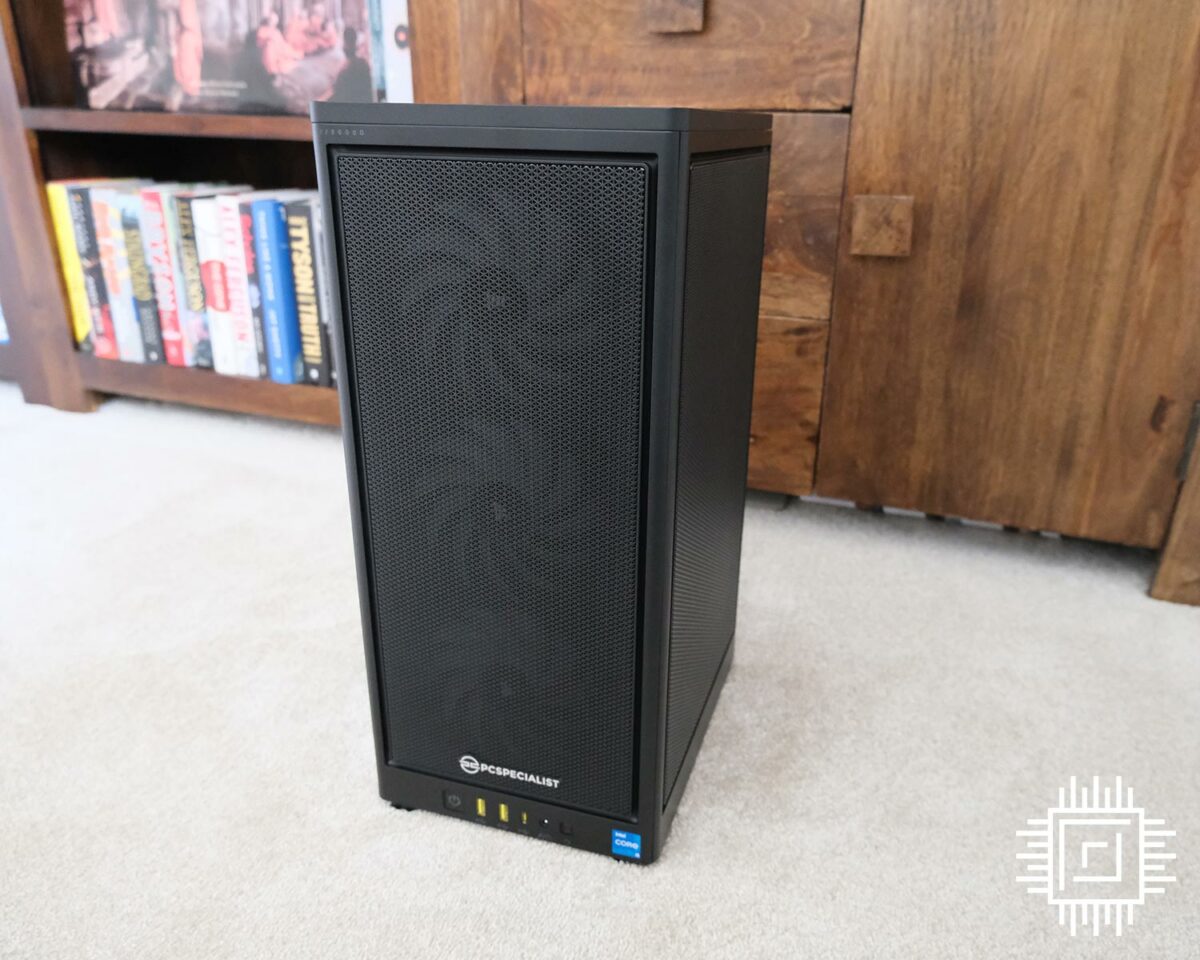
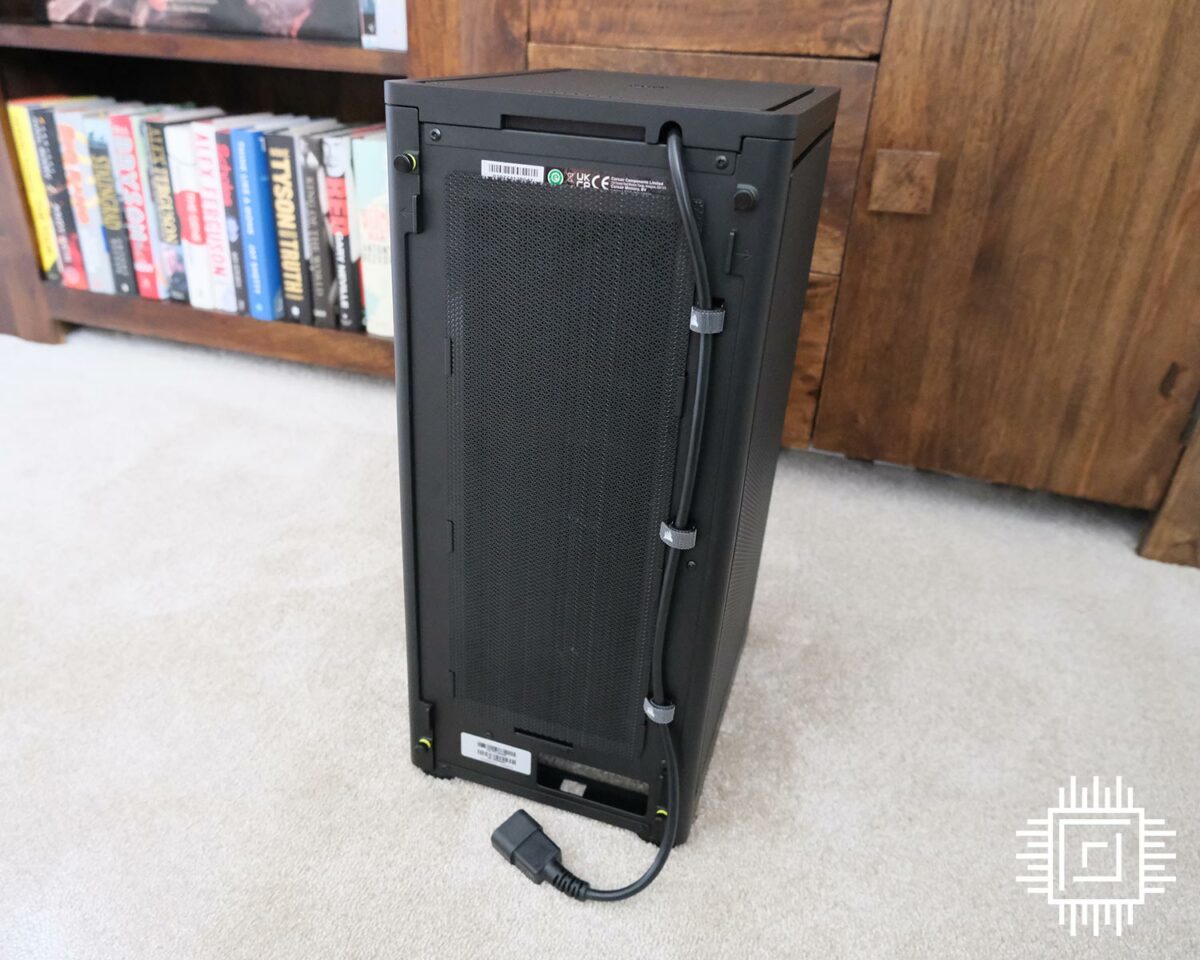
2000D’s frame is entirely moulded plastic, so it lacks the build quality of dearer aluminium chassis, but on the positive side, the matte finish isn’t at all prone to fingerprints. Corsair locates front-mounted I/O ports at the bottom, practically forcing you to put it on the desk, with twin USB-A (5Gbps) sat next to USB-C (10Gbps). Yellow accents are an acquired taste, but I don’t mind them. Torpedo Pro has enough substance not to move even with the power button pressed firmly.
It’s a strange-looking system if you’re not accustomed to the enclosure. An easily-removable top panel hides the PSU compartment, complete with a tied cable awkwardly snaking its way down the rear. Corsair really ought to have found a way to route said cable internally, though in fairness the system does look tidy viewed from the front, with no ports visible on first inspection, adding to the intrigue.
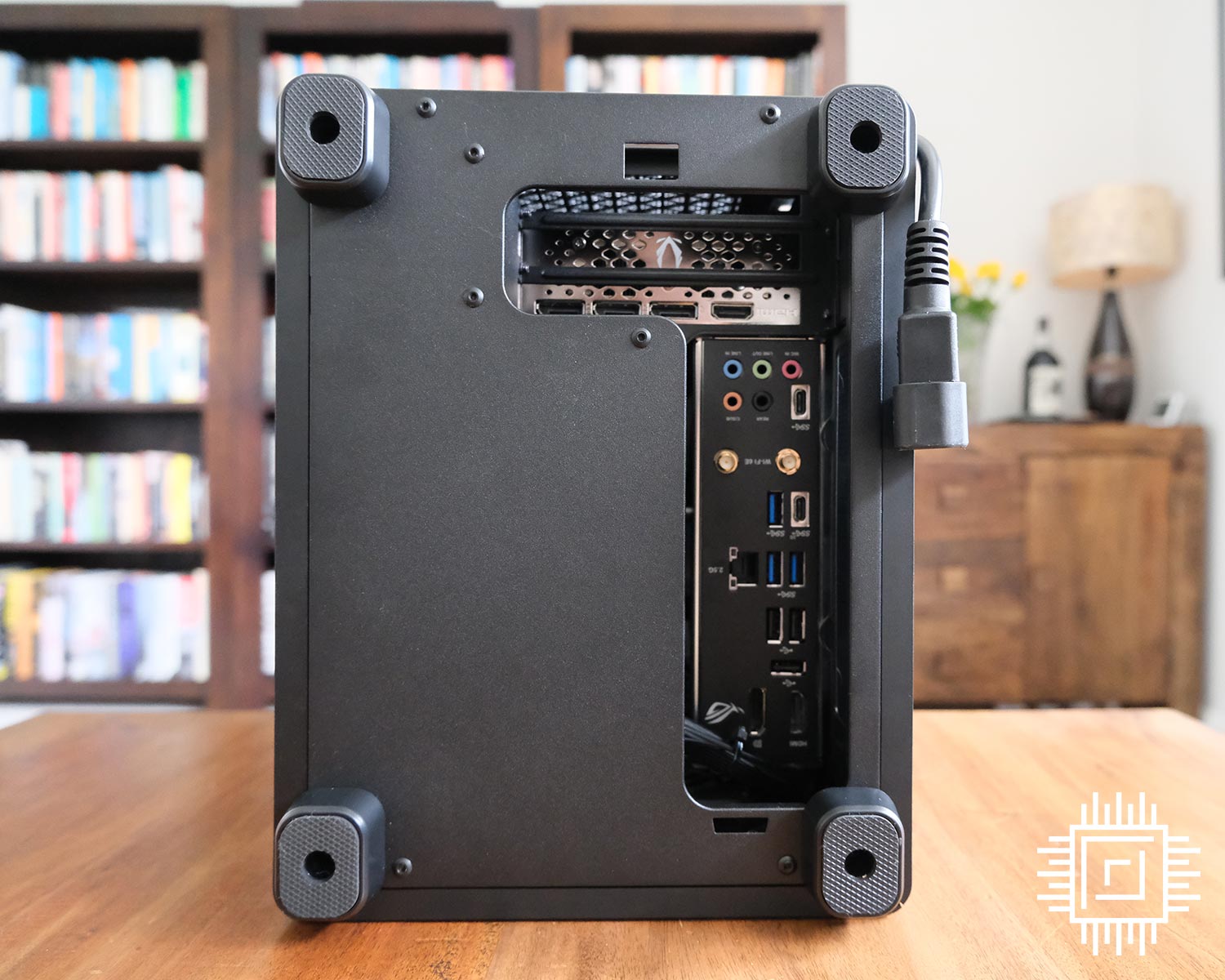
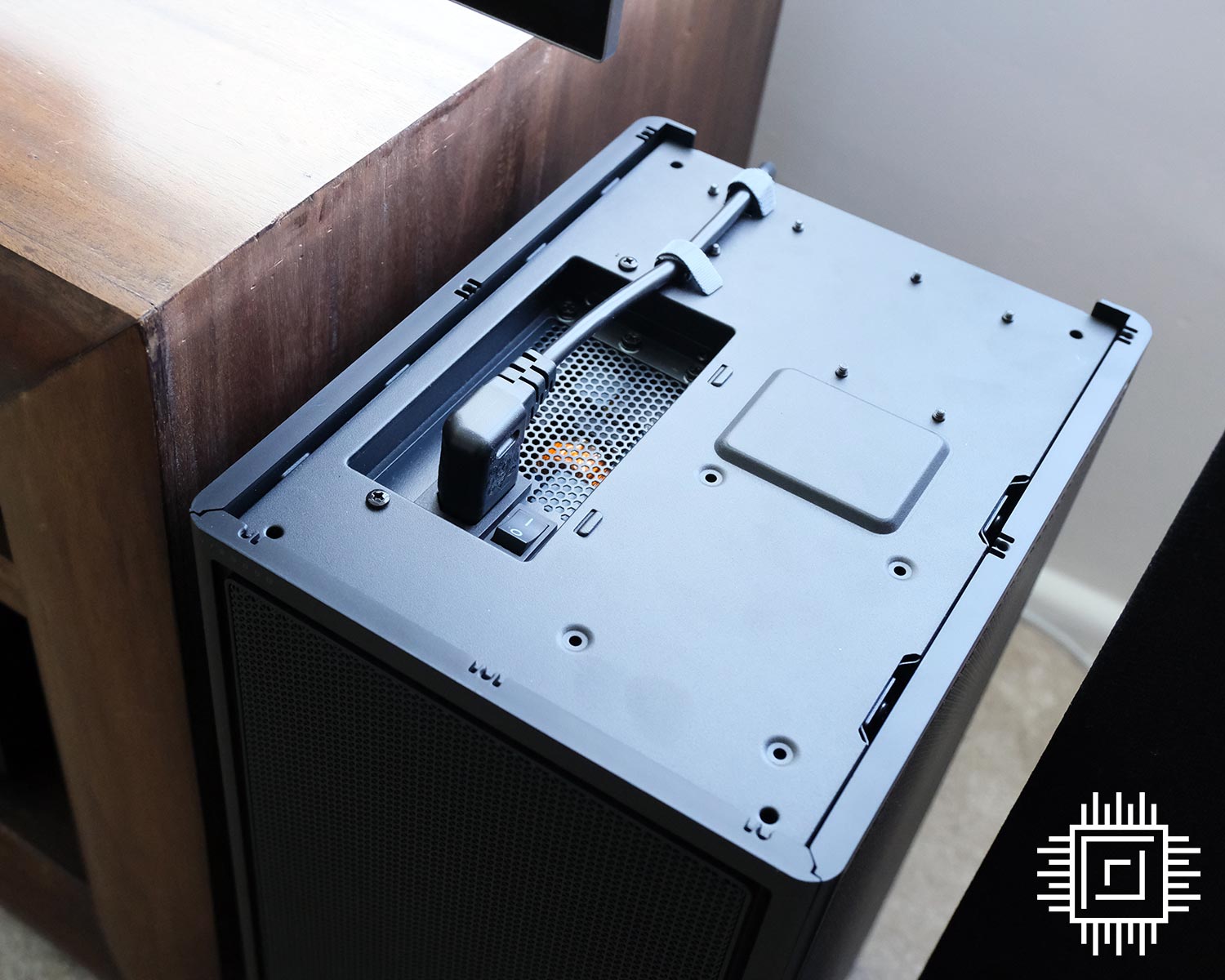
Specification and Design
Turns out the choice of chassis predicates how the motherboard is positioned within. Tilted on one side and with the holding cover removed, Torpedo Pro illustrates the downward-facing motherboard I/O section. Standing on four large feet, there’s ample room to guide USB and display cables into their respective homes. What’s left is a tidy system that’s unconventional by design and equally at home in the living room, next to the telly, or in the study.
Though you will never likely see the PSU cable down the rear, I’d prefer a system whereby the extension is routed within the chassis itself, lending a cleaner look from all angles. As a user who tends to hook-up to rear I/O on a frequent basis, I’d also find it hard to live with the downward-facing layout; I/O ports should really be more accessible on a SFF build.
2000D forces a Mini-ITX motherboard and an SFX(L) PSU, but expanding choice doesn’t make this the bugbear it once was. PCSpecialist’s deep relationship with Corsair is evident in the sheer amount of kit provided by one manufacturer, spanning chassis, cooling and memory. That’s no bad thing for the consumer, of course, as economies of scale enable the system builder to keep costs down and inventory manageable.
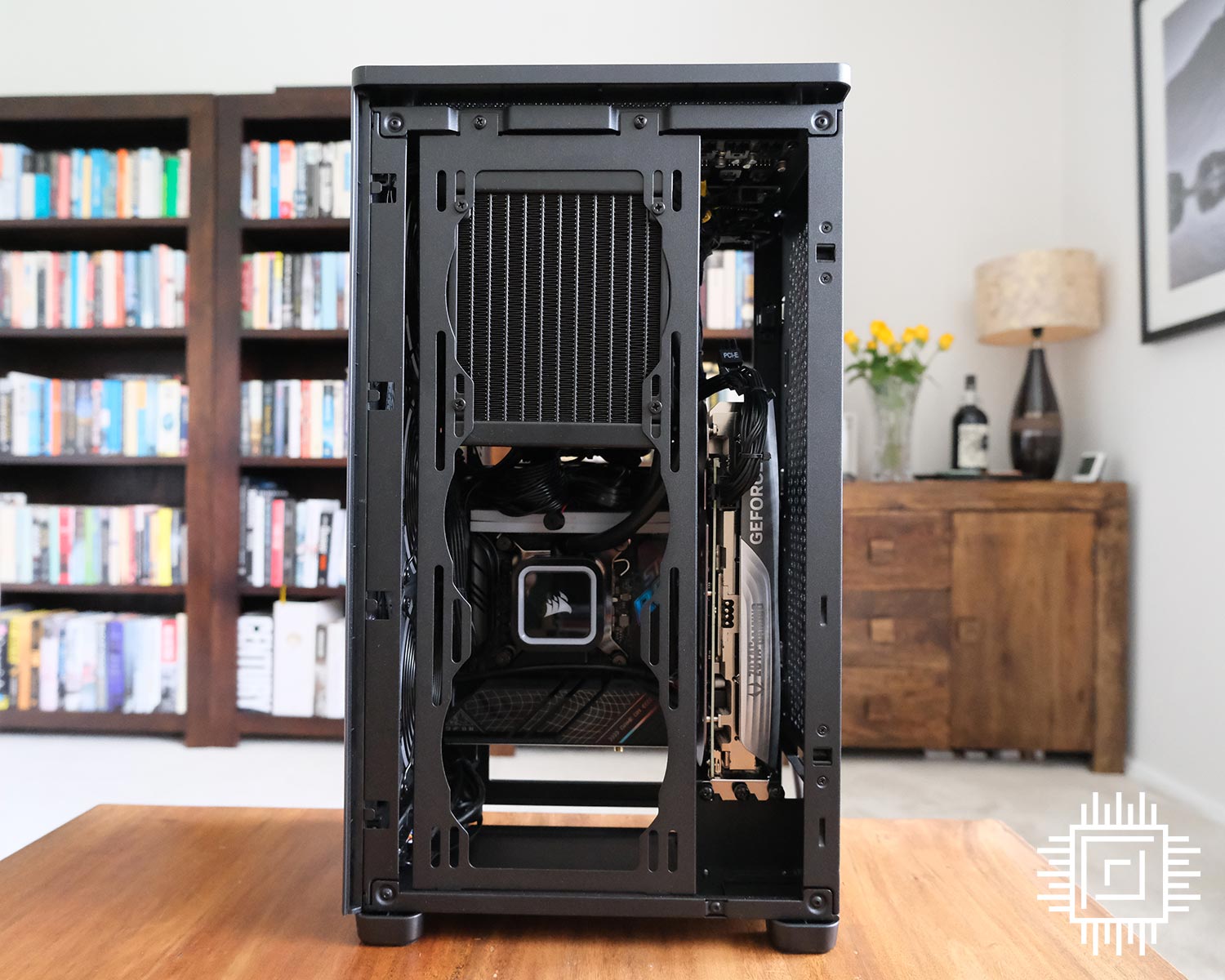
In the interest of full disclosure, our original spec also called for a Corsair SFX-L supply, but this was later changed to a Thermaltake 650W ToughPower SFX PSU for motherboard compatibility reasons. Switching gears, removing side panels is easy peasy, and doing so shows how Torpedo Pro is constructed.
Intel’s capable 14-core Core i5-13500 sits underneath a Corsair H60x AIO cooler and is augmented by 32GB (2x16GB) Vengeance RGB 5,600MT/s RAM. Asus’ Strix B760-I Gaming WiFi is a fine motherboard choice, too, while a 2TB Solidigm P41+ drive is neatly hidden away. Looking straight at you is a vertically-mounted Zotac GeForce RTX 4070 graphics card. All good stuff that makes implicit sense in a £1,500 build.
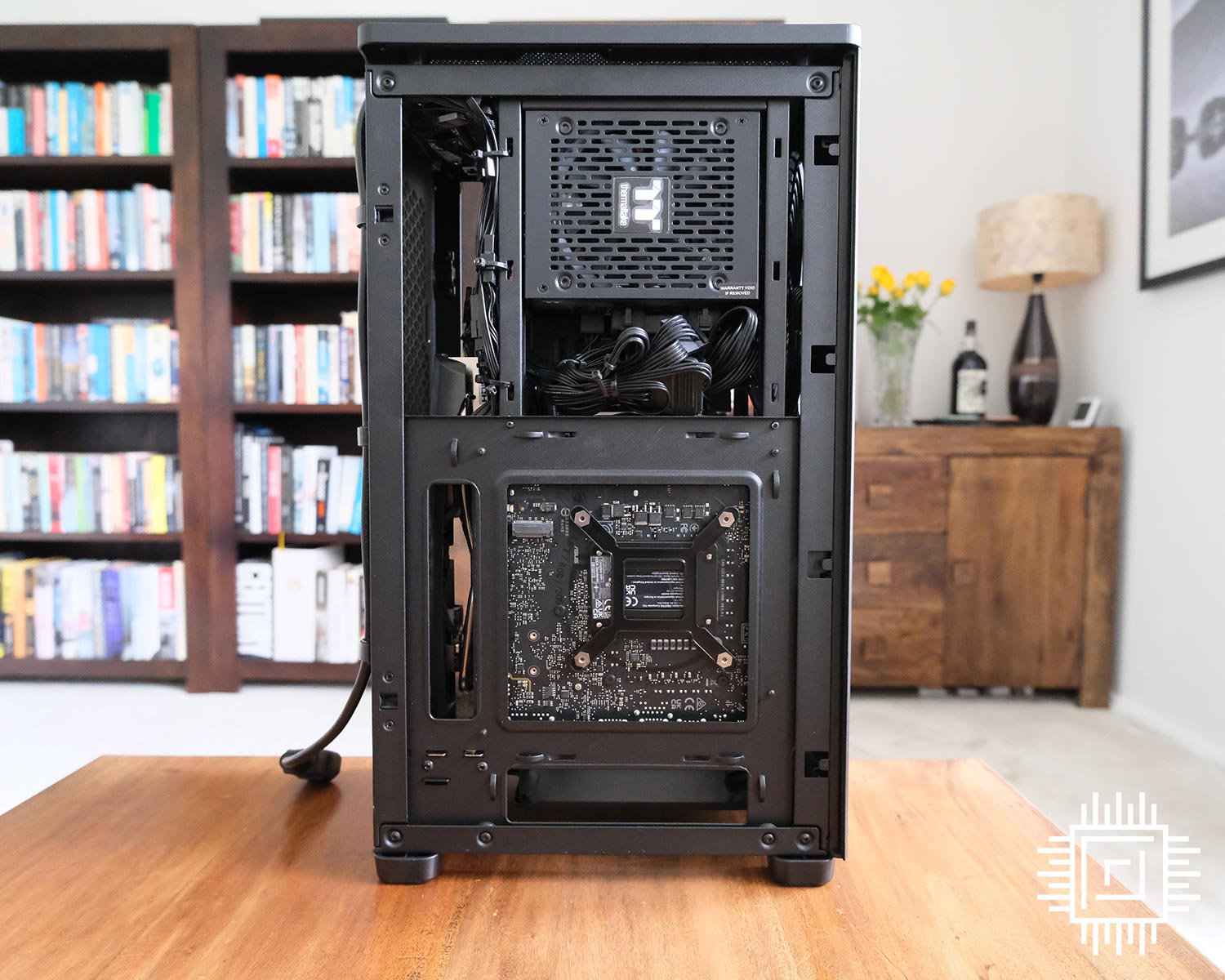
It’s all relatively neat inside, and there’s easy access to the components that matter. Future expansion potential is helped by the chassis’ provision for 360mm and 240mm AIO coolers, triple-slot graphics cards up to 365mm long, and SFX-L PSUs spanning to 1,000W.
Don’t fret about carrying the system around. No obvious handles are compensated by the ability to place hands underneath the chassis – remember, those feet are tall – enabling simple scooping to your favourite LAN.
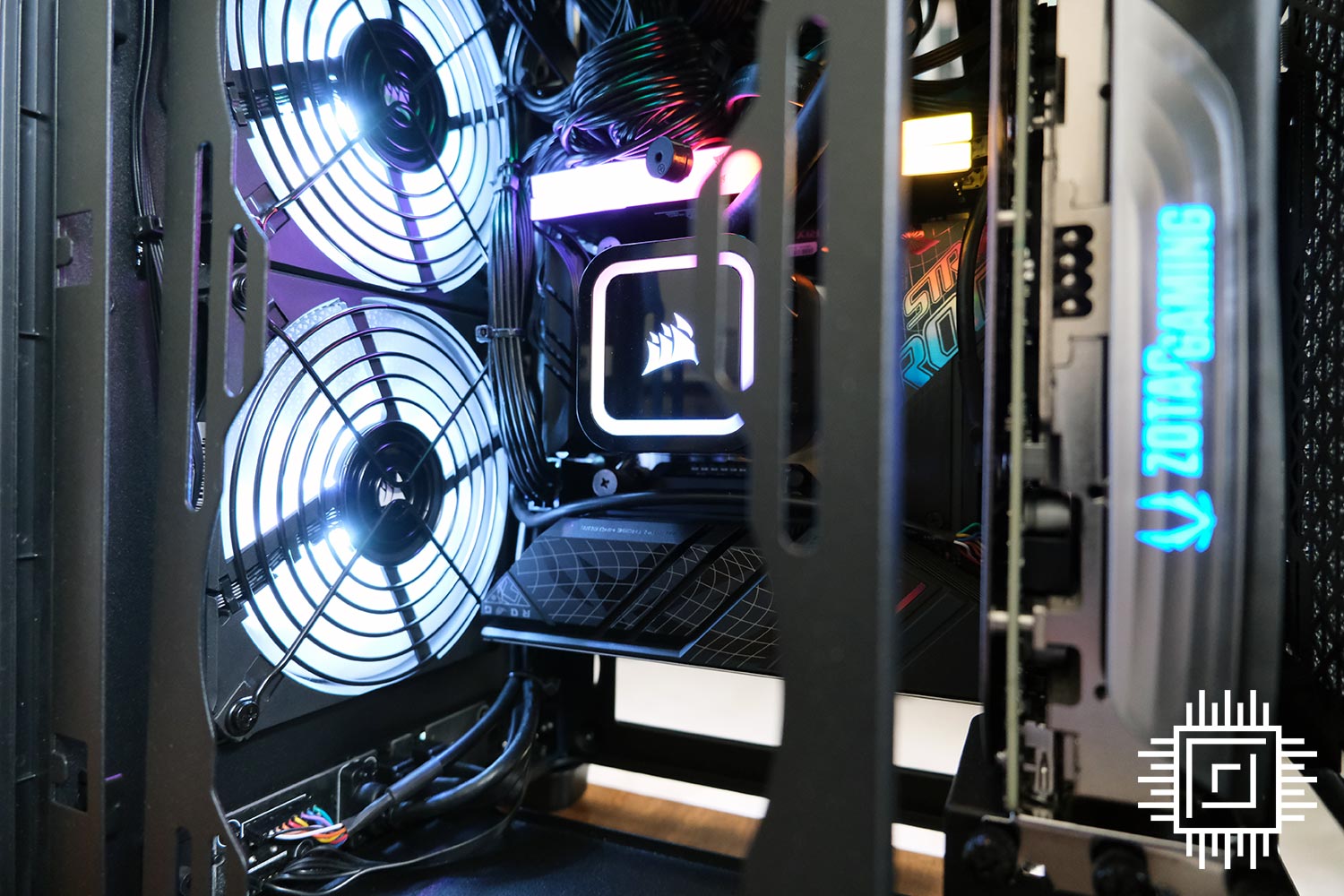
Most PCs are built to order. PCSpecialist’s latest figures show that 38 per cent of desktop systems ship within seven days of payment, 54 per cent within 14 days, with 10.47 days being the average. Having our review PC set up in the same way as a genuine customer would, we received regular updates and build photos, keeping us abreast of developments. Equipped with a mostly bloat-free Windows 11, the system was delivered six working days after being allocated.
It’s handy to know the three-year warranty – one month collect and return, one year parts, three years labour – is on the machine and not tied to the original owner, meaning cover is intact should you sell it in. A simple warranty transfer is available on the site.
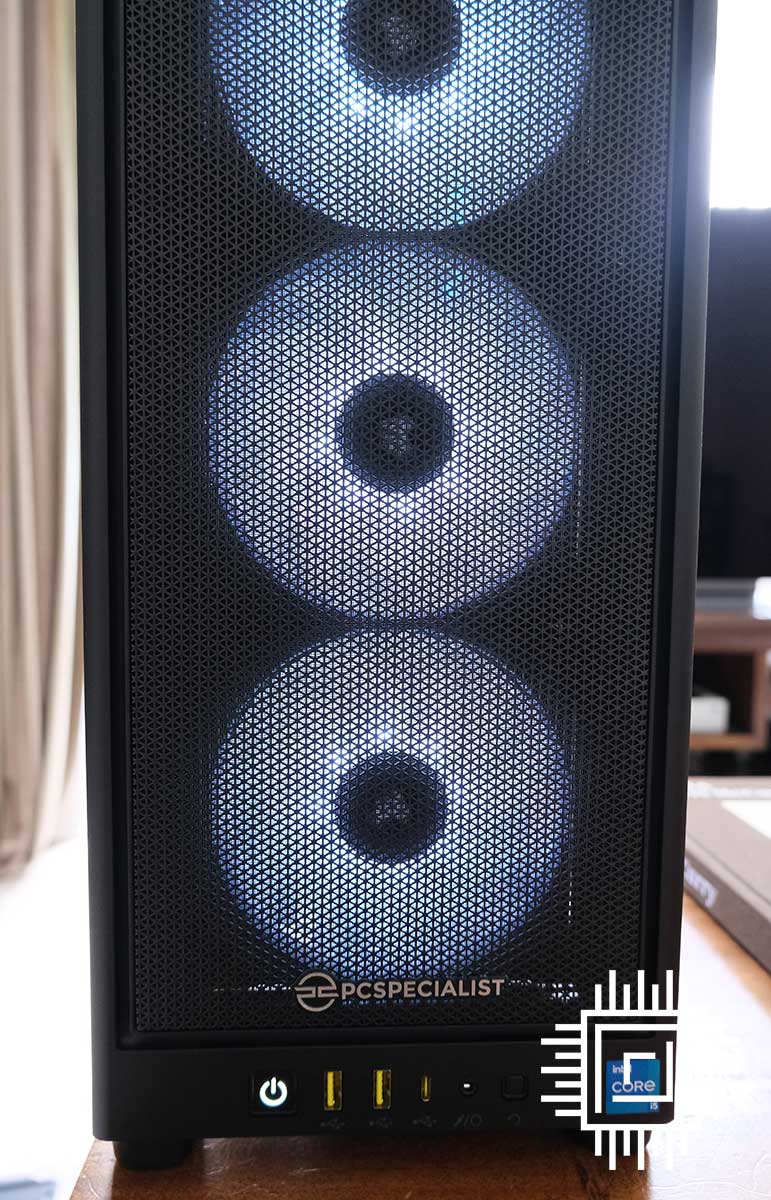
PCSpecialist Torpedo Pro
Processor: Intel Core i5-13500
Motherboard: Asus Strix B760-I Gaming WiFi
Graphics card: Zotac GeForce RTX 4070 12GB
CPU Cooler: Corsair H60x RGB Elite AIO
Memory: 32GB (2x16GB) Corsair Vengeance RGB 5,600MT/s
Storage: 2TB Solidigm P41+ PCIe 4.0 x4 NVMe
Power Supply: Thermaltake Toughpower SFX 80 Plus Gold
Chassis: Corsair 2000D RGB Airflow
Operating System: Microsoft Windows 11 Home 64-bit
Warranty: 3-year standard (1 month collect & return, 1 year parts, 3 year labour)
Price: £1,499
There’s a strong value play here, as well. Totting up the costs of similar individual components for a DIY build leads to around £1,650, reinforcing PCSpecialist’s considerable buy-in power. You couldn’t build it for less.
Performance
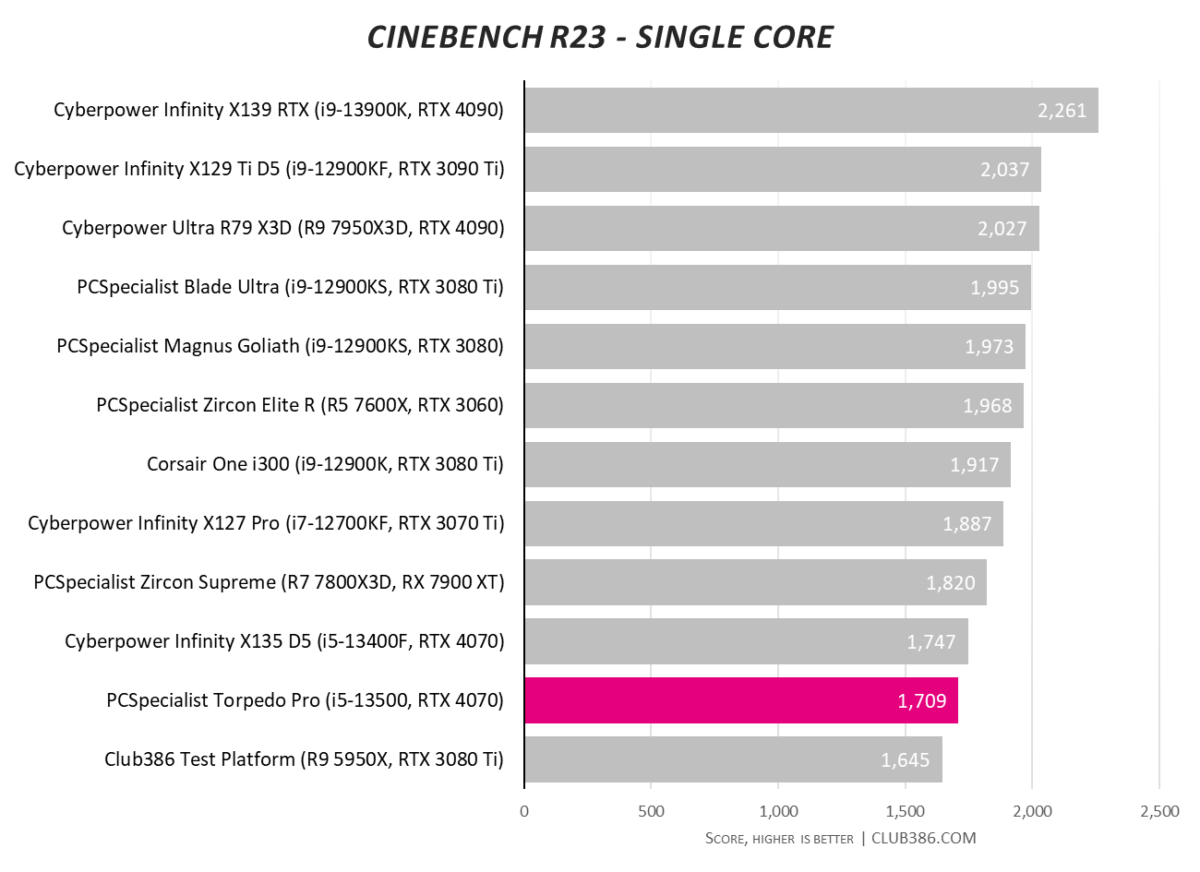
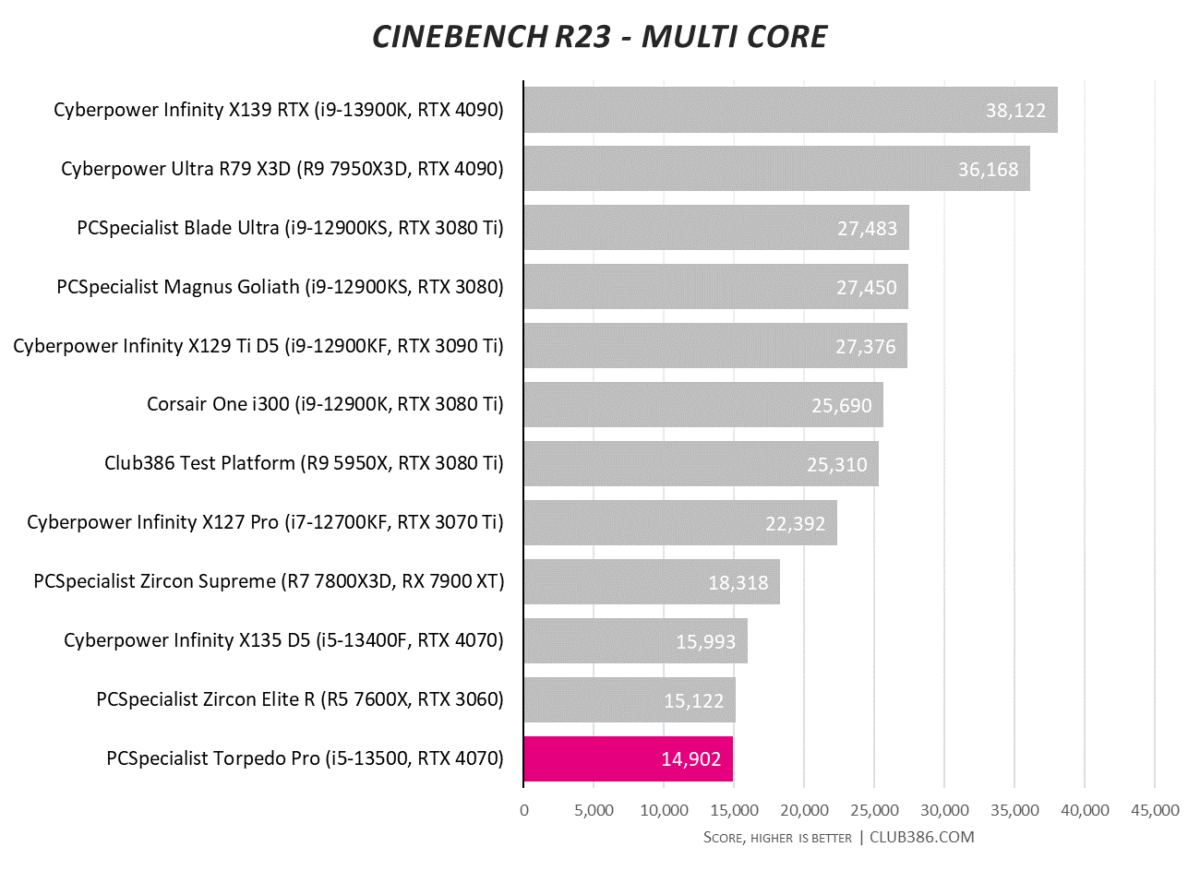
You may look quizzically at the graph and ask why the Core i5-13500 contained within this system is benchmarking slower than a Core i5-13400F in the Cyberpower Infinity X135 D5. The answer is actually simple enough. PCSpecialist understands the thermal constraints imposed by SFF chassis and runs the chip true to form. This means it turbos to 154W for a short moment, then cosies down to the specified 65W for the remainder of any application’s load.
This hard-lock 65W, which is eminently sensible in our opinion, is the chief reason why the score isn’t closer to the expected 16.5k. Running the longer 10-minute test returns a multi-core score of 14,412, by the way.
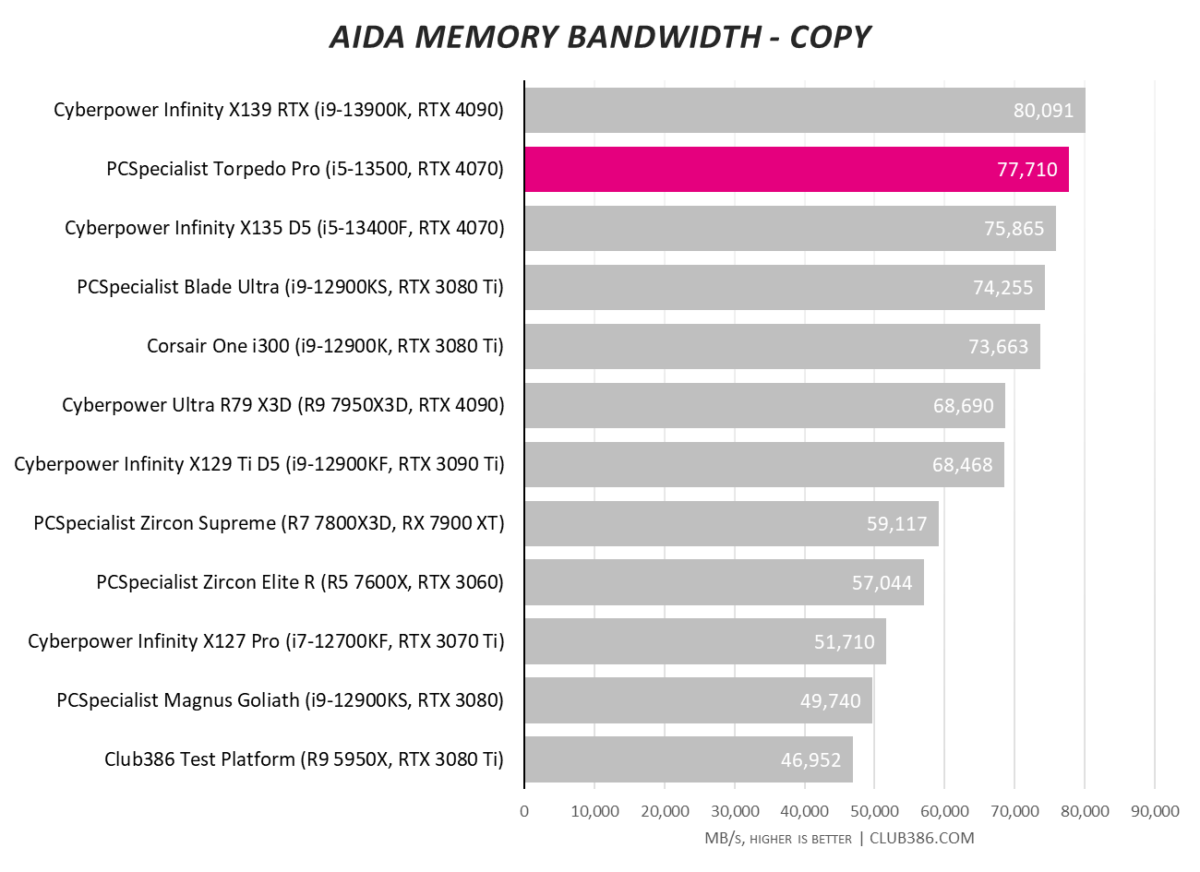
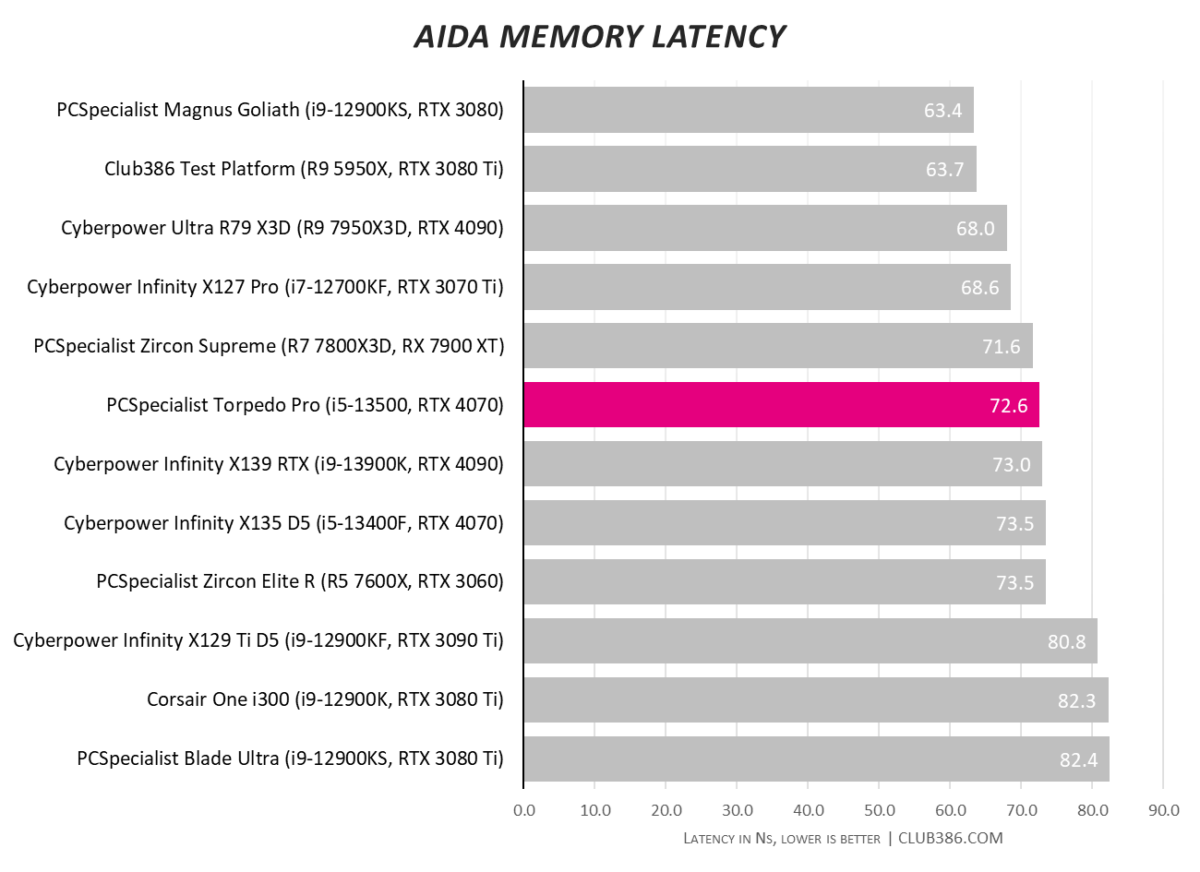
An Intel platform and dual-channel 5,600MT/s DDR5 memory are good bedfellows.
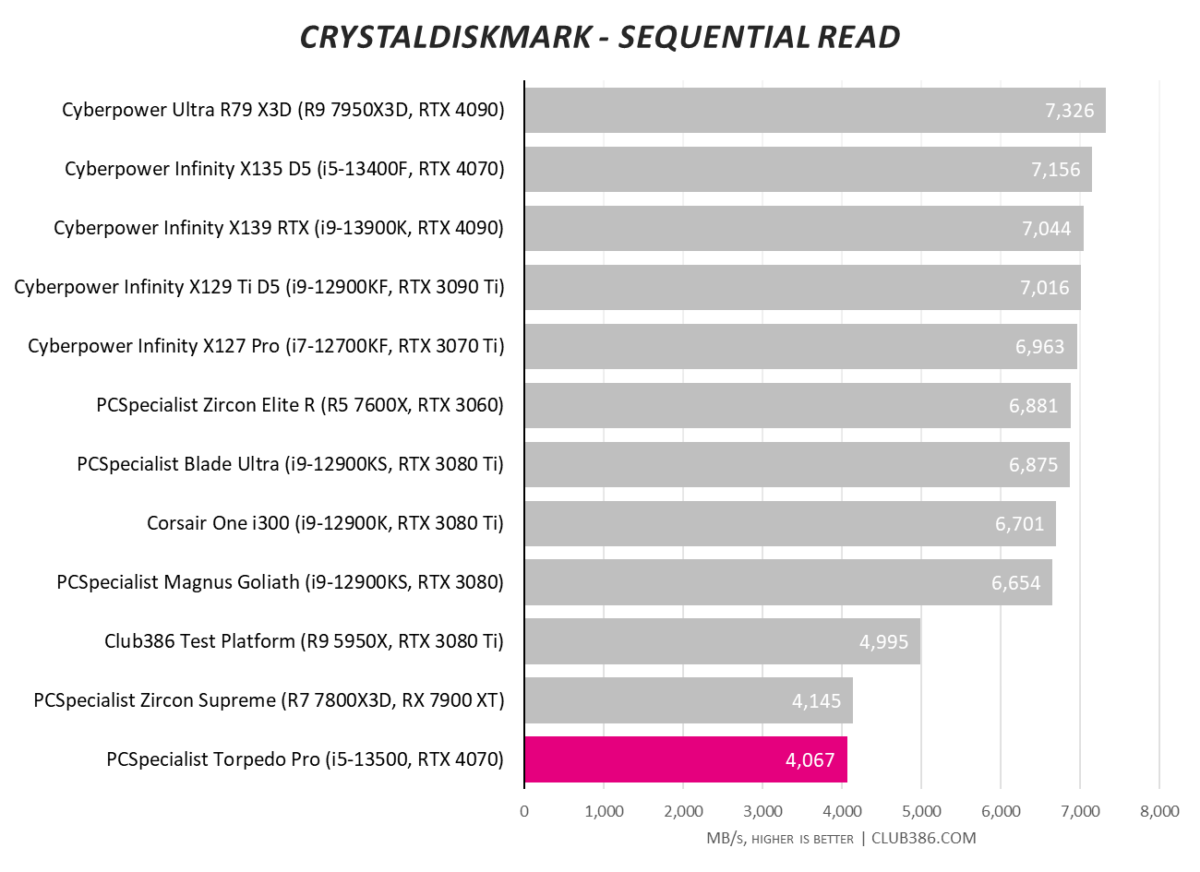
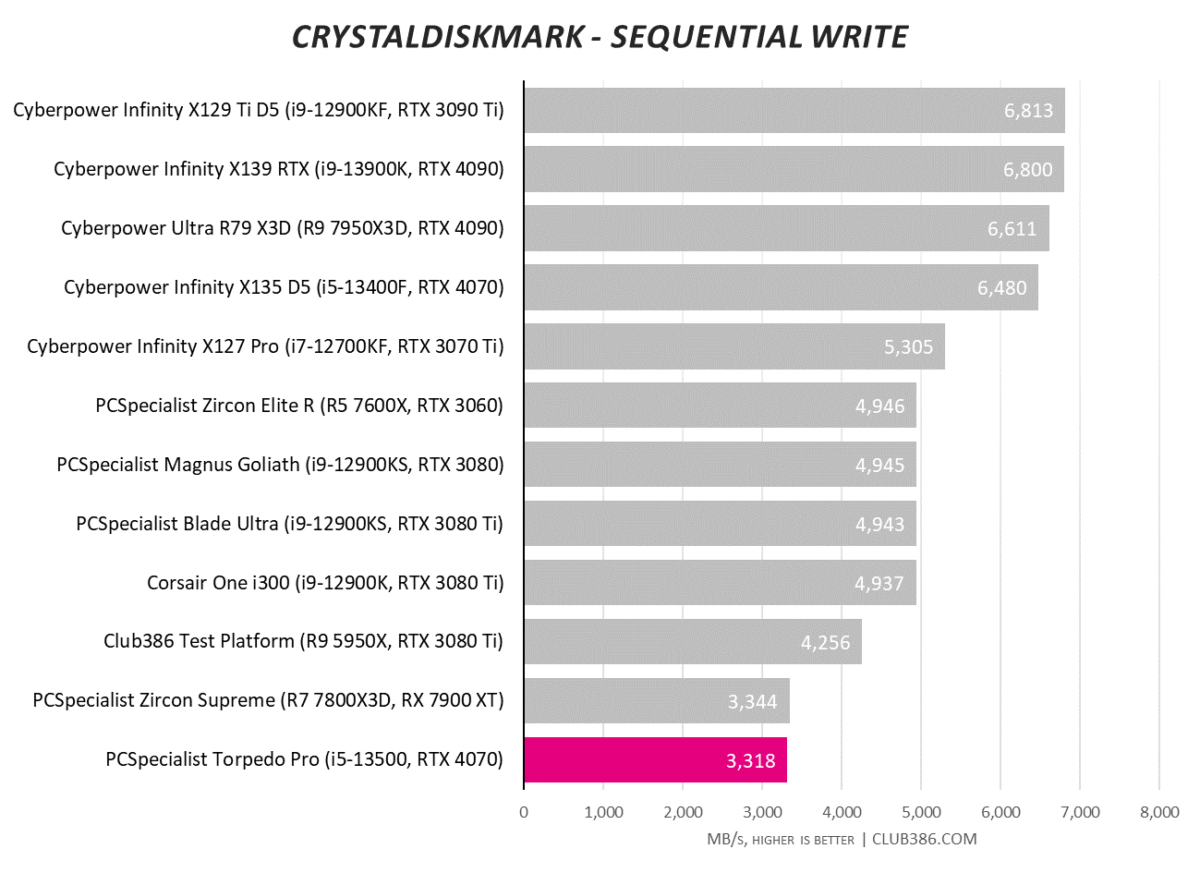
There’s nothing intrinsically wrong with Solidigm’s P41+ PCIe 4.0 x4 SSD. It does exactly what it says on the tin, yet pure performance is lacking compared to higher-quality alternatives. Placing PCSpecialist in a quandary at the aggressive £1,499 price point, the choice is to enable 2TB of capacity rather than faster speeds on a smaller-capacity model.
All things considered and knowing how quickly space is utilised by large game installs, we also veer on the side of capacity vs. speed. Shame there wasn’t enough budget, in this instance, to house a more performant P44 Pro.
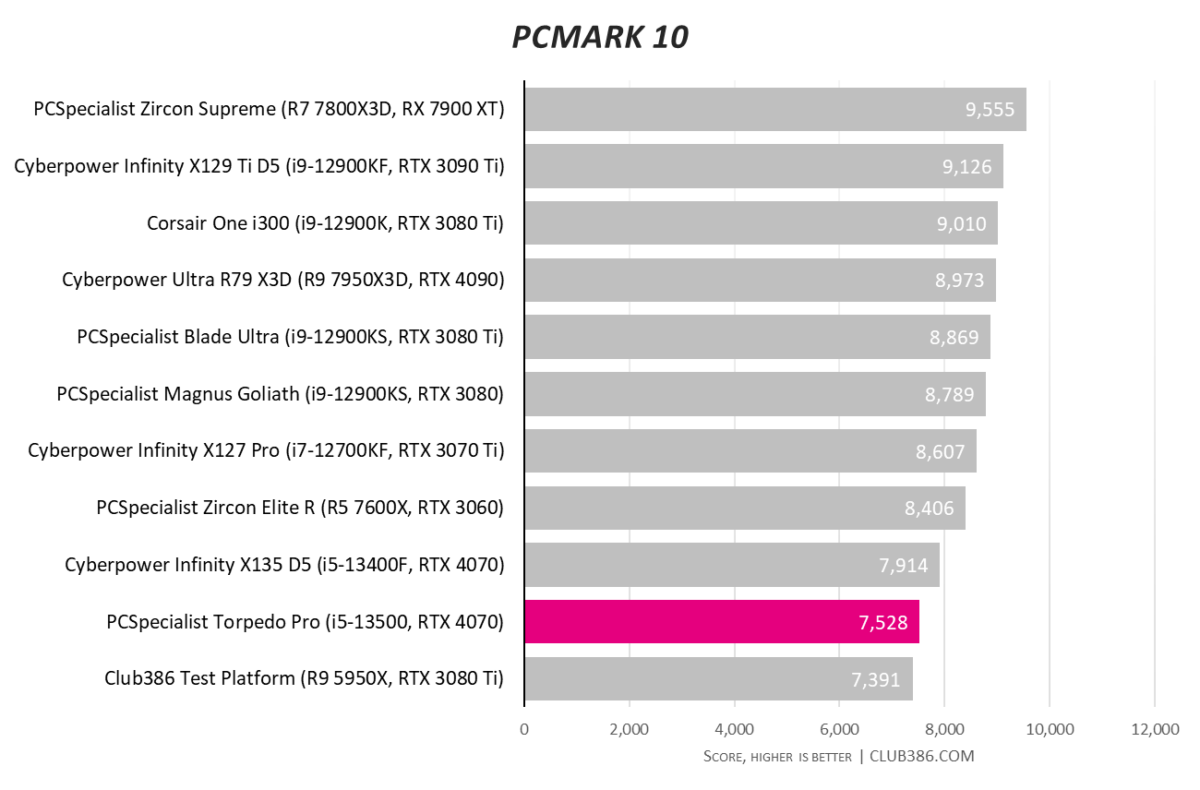
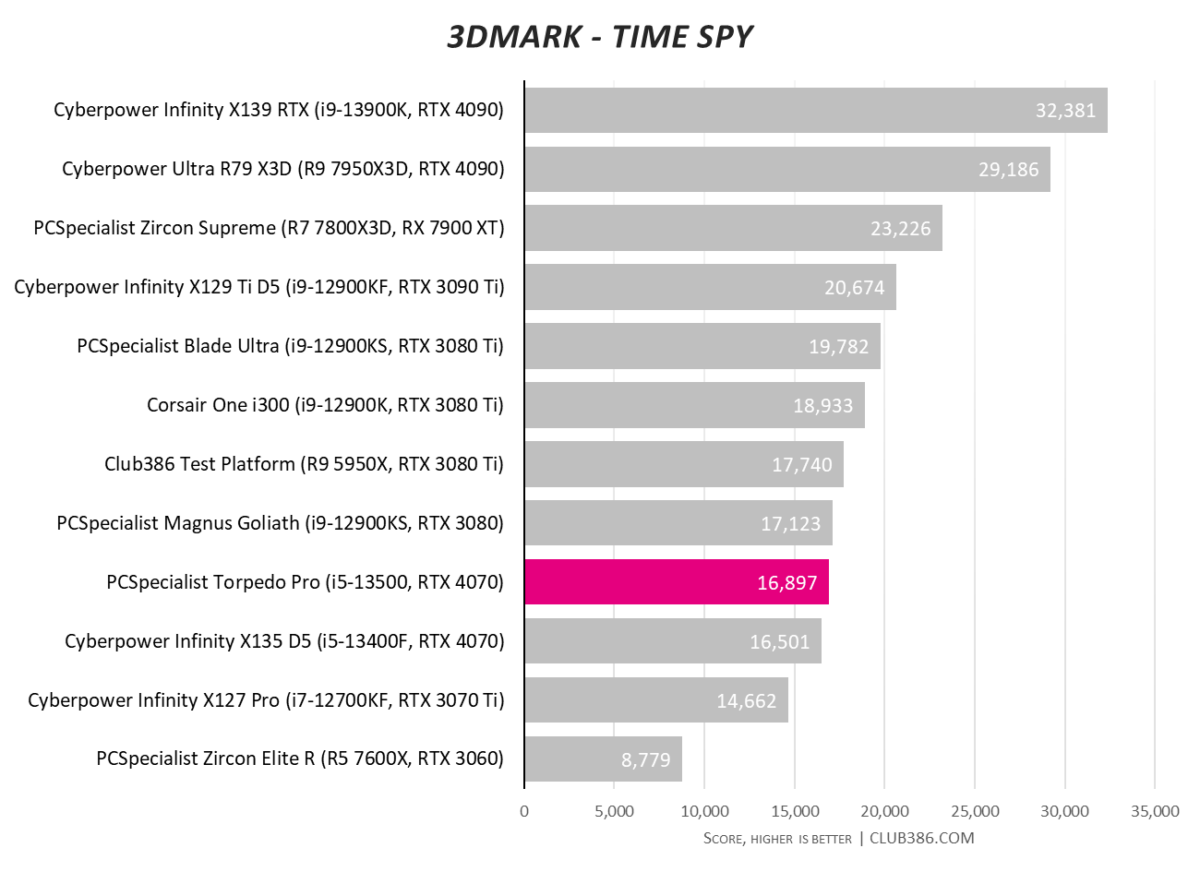
Nothing wrong with power afforded to general applications.
Gaming
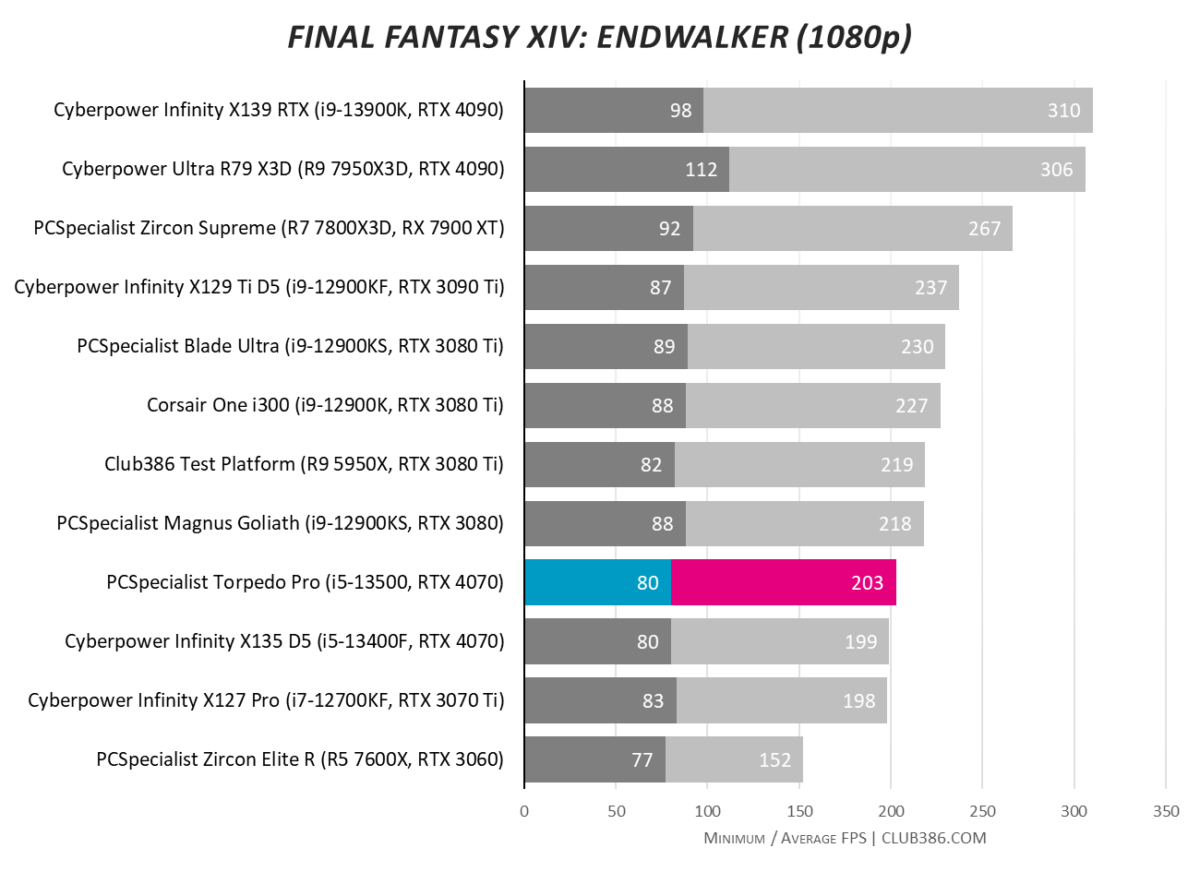
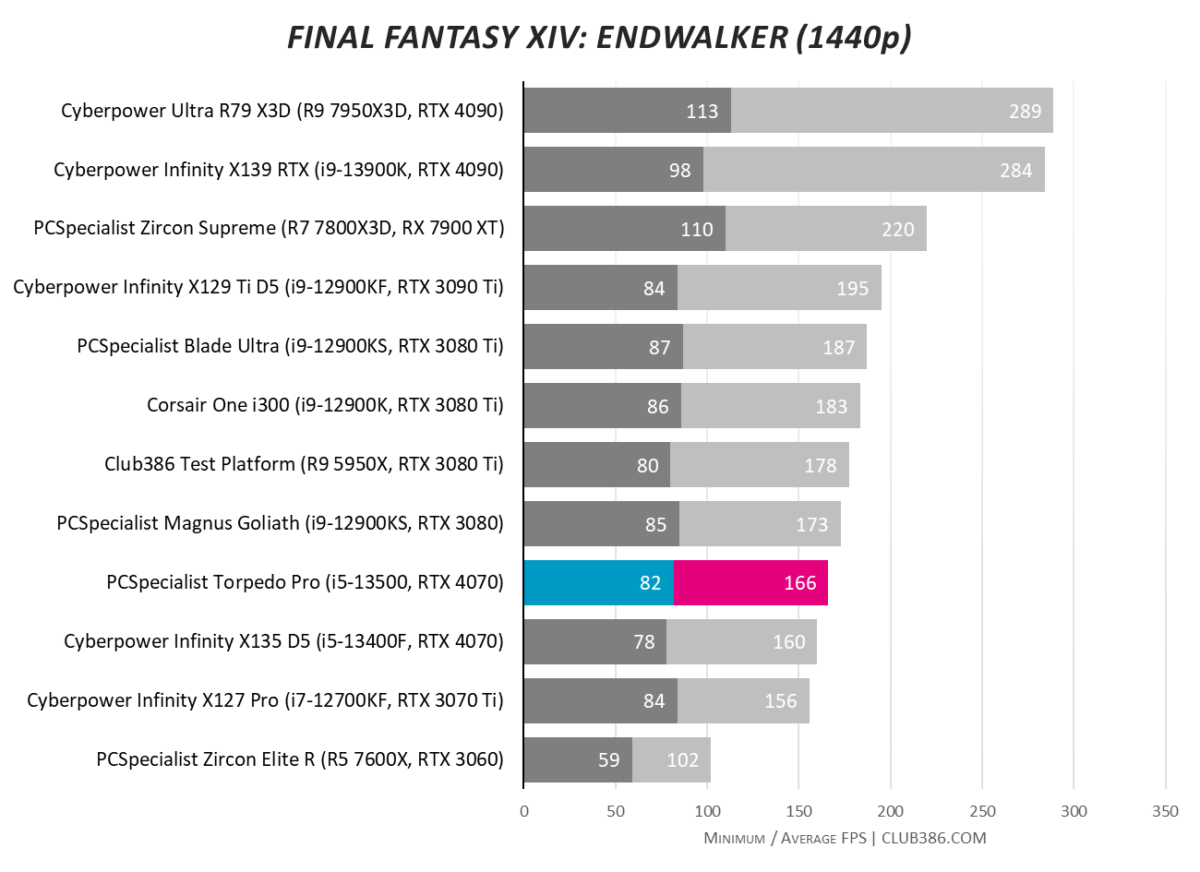
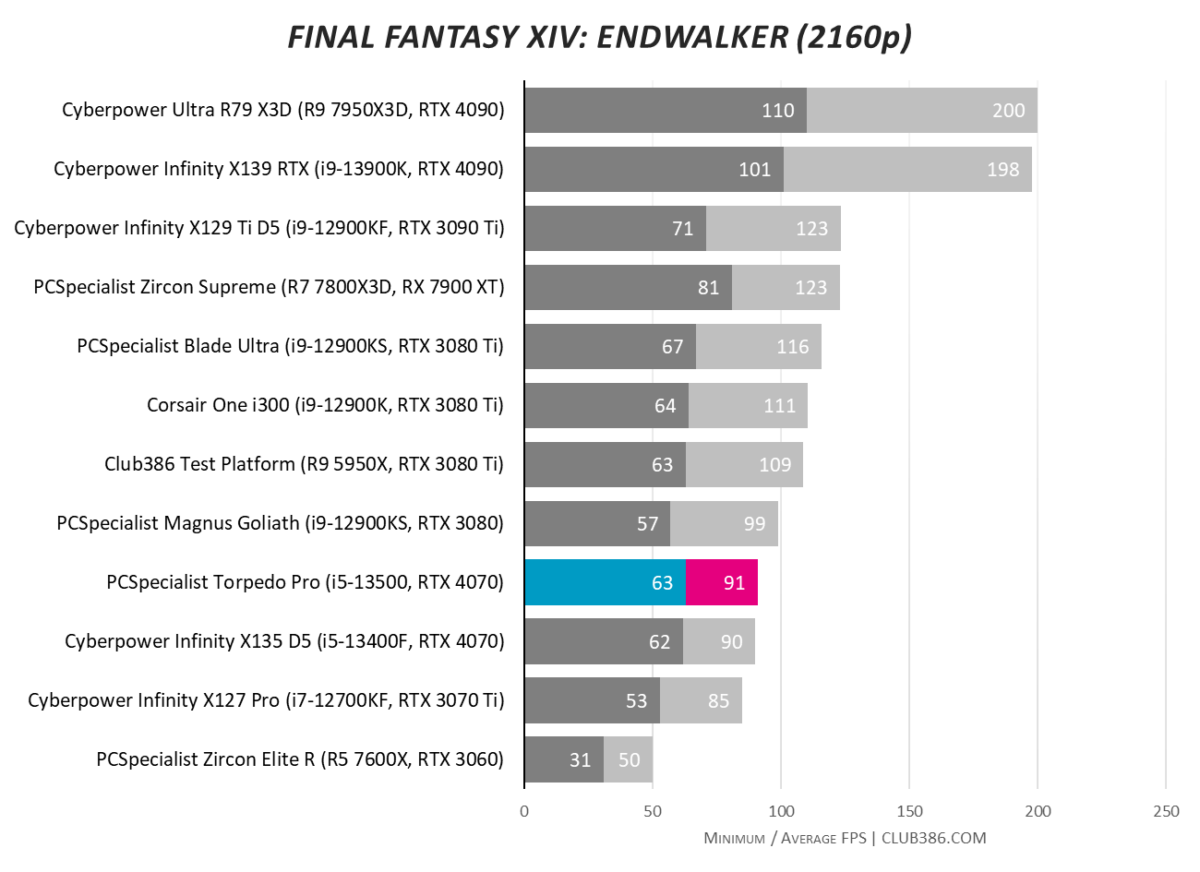
Testing gaming chops through our standardised game, Torpedo Pro’s Zotac GeForce RTX 4070 is a fine performer that returns healthy framerates at all resolutions.
| Game | FPS @ 1080p | FPS @ 1440p | FPS @ 2160p |
|---|---|---|---|
| Assassin’s Creed Valhalla (Ultra High Quality) | 159 | 117 | 65 |
| Cyberpunk 2077 (Ray Tracing Ultra, DLSS Quality, FG Off) | 101 | 66 | 34 |
| Cyberpunk 2077 (Ray Tracing Ultra, DLSS Quality, FG On) | 155 | 102 | 52 |
| Far Cry 6 (Ultra Quality, HD Textures and DXR On) | 114 | 105 | 64 |
| Tom Clancy’s Rainbow Six Extraction (Ultra Quality) | 273 | 185 | 92 |
Pushing the pixel boat out by testing four modern, GPU-heavy games at the highest in-game settings reveals RTX 4070 continues to have the necessary prowess for fluid gaming at FHD and QHD, with UHD possible with the help of in-house technologies such as DLSS 3. All of this, wrapped inside a competent small-form-factor system, for not much more than a premium RTX 4080 card on its own.
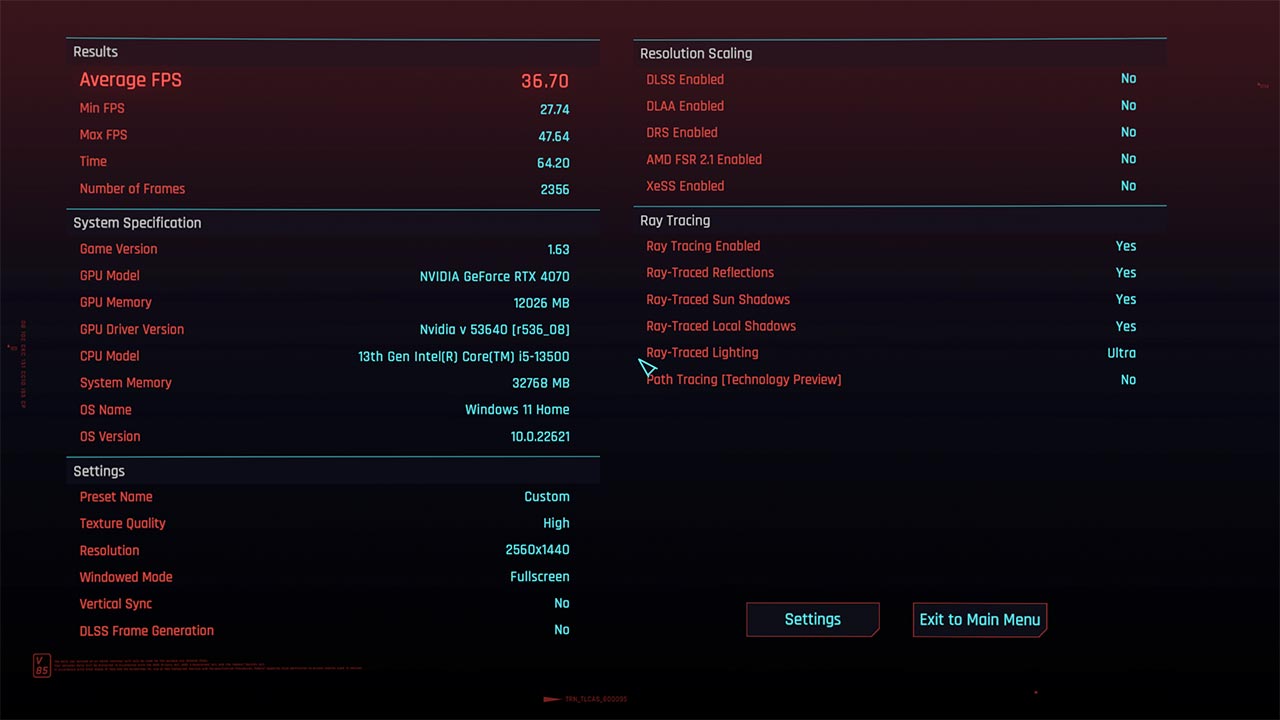
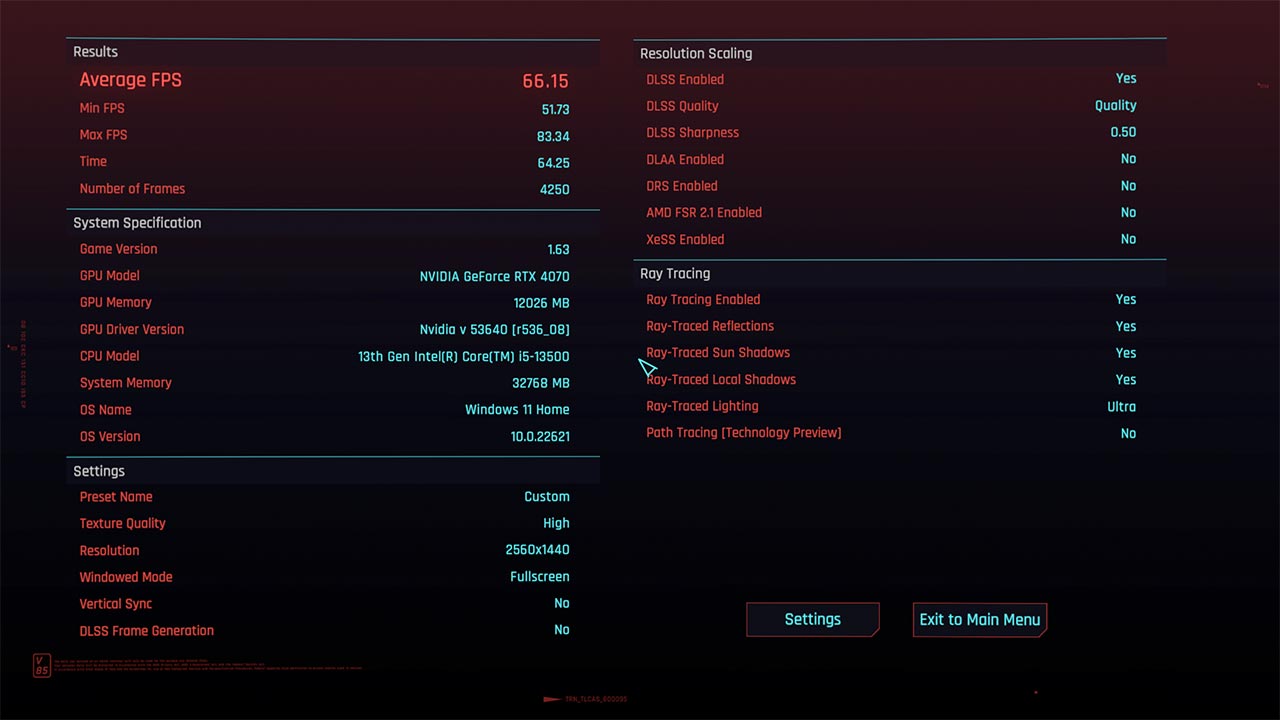
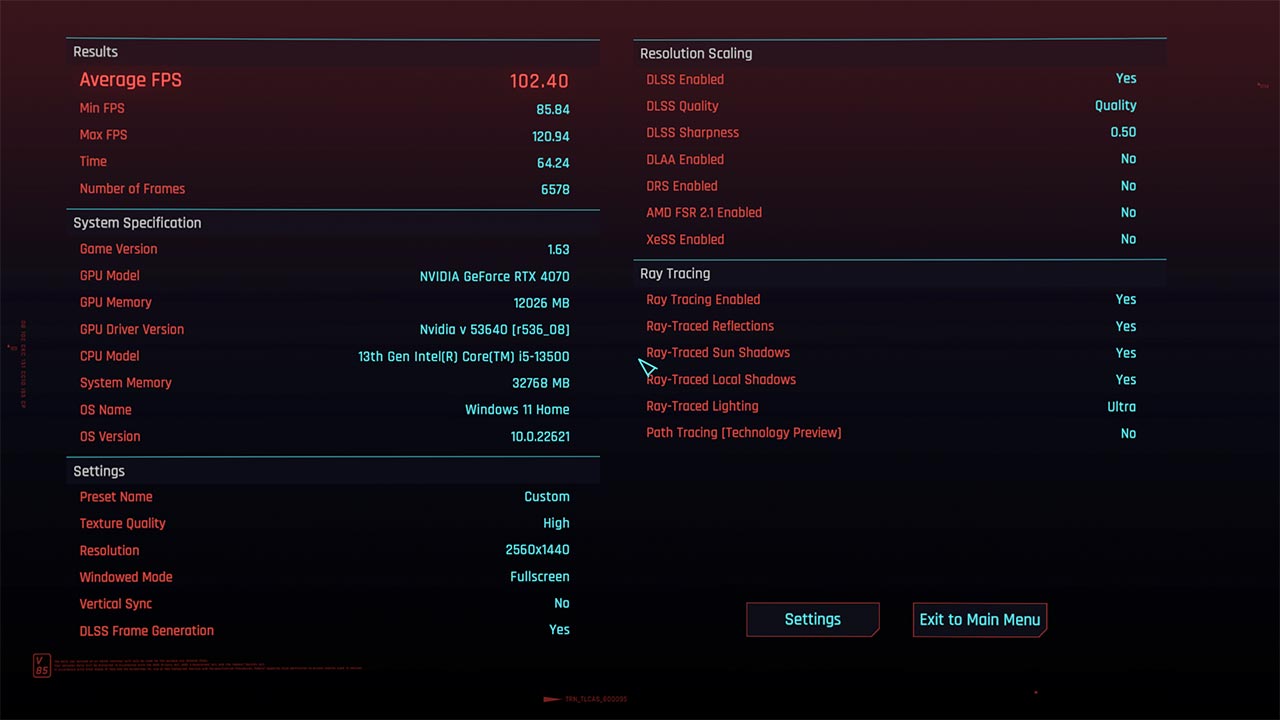
Almost 3x the base QHD performance by activating Nvidia’s smart technologies!
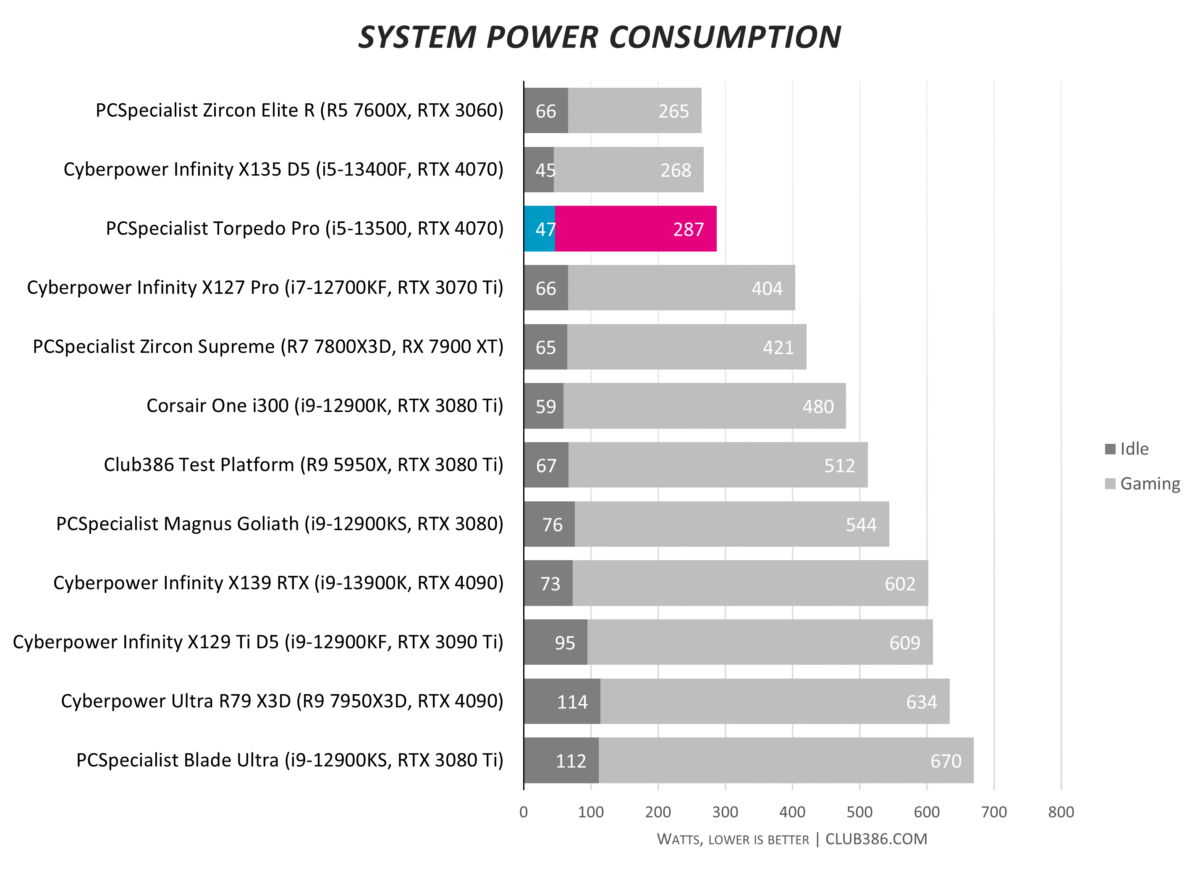
A 650W PSU seems miserly capacity on first glance, yet full-on power consumption is less than half that.
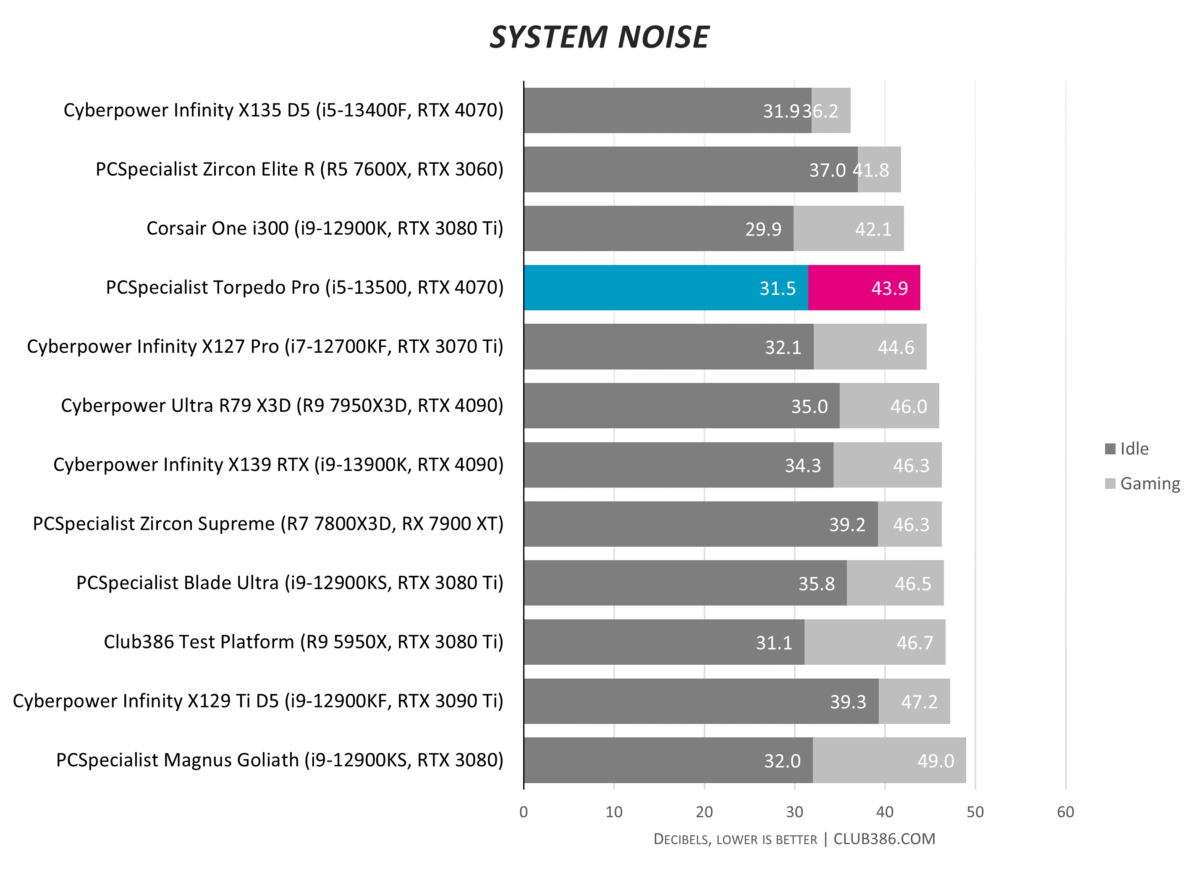
Credit to PCSpecialist for ensuring Torpedo Pro is very quiet when idling. The system is also practically inaudible for CPU-centric work. Remember that hard-lock 65W we talked about? Sustained power consumption rises to only 117W in that instance.
Gaming puts a larger toll on the ability to keep wattage down, and the four-sided mesh design isn’t built with noise reduction as the primary concern. Nevertheless, Torpedo Pro remains more than reasonable when every processor is running flat out.
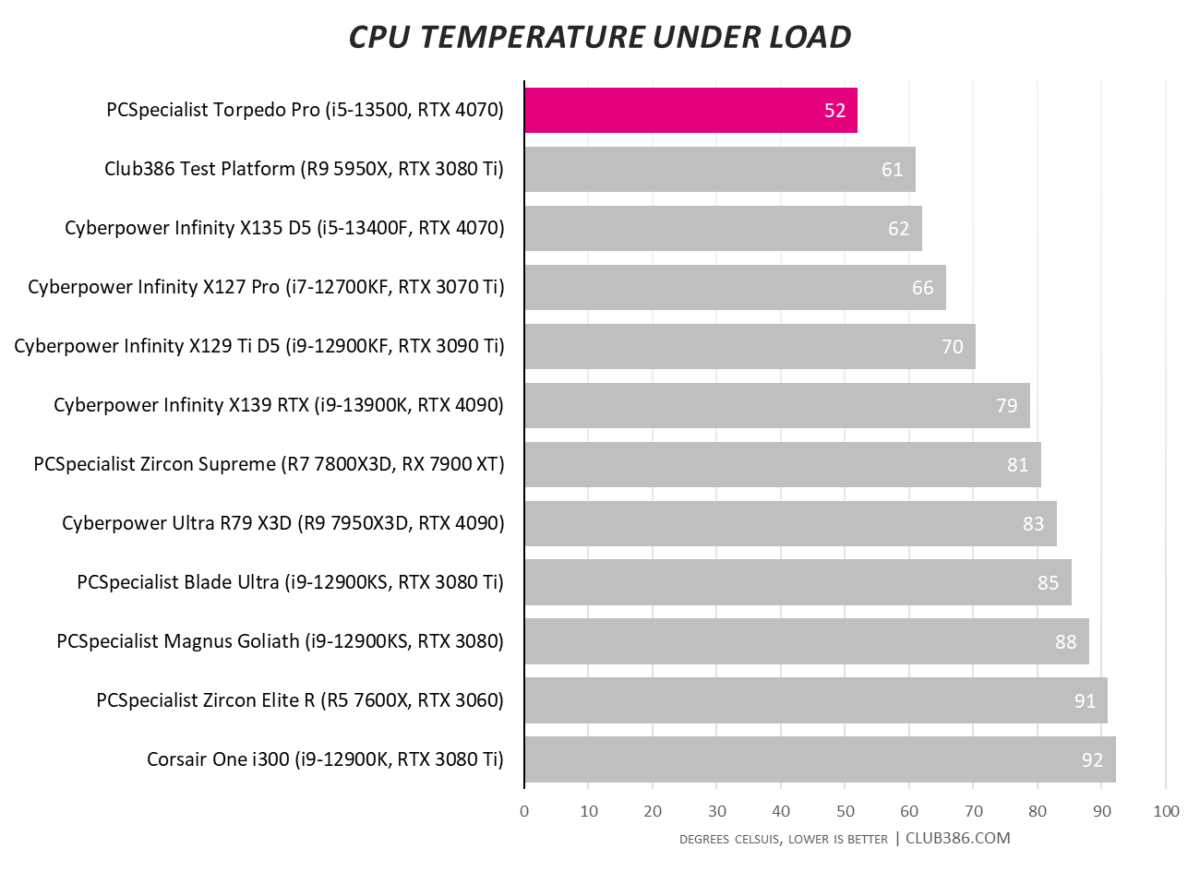
A capable AIO meets a 65W chip. The end result is a very cool-running Core i5.
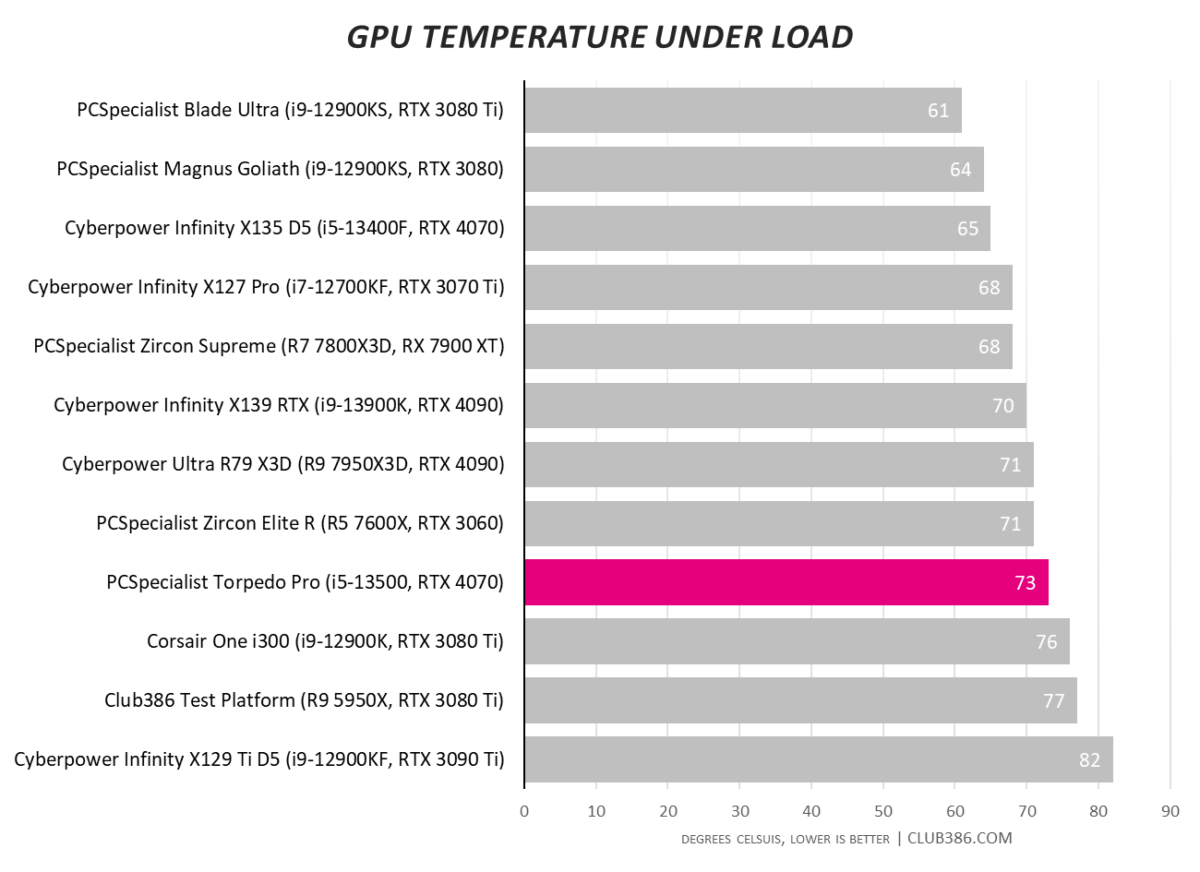
Space and thermal capability are more limited than in a traditional ATX tower, though you wouldn’t think it from the Zotac GeForce RTX 4070’s peak temperature.
Conclusion
We’ve long championed smaller do-it-all PCs as there’s little need to have mid-tower solutions for many users. Ever-increasing feature integration and a steady rise in compatible motherboards, chassis and PSUs have further broadened appeal.
PCSpecialist’s Torpedo Pro appreciates this opportunity and successfully navigates any remaining SFF-related hurdles with ease. Core i5 and RTX 4070 work well together to offer a slick experience for creator and gamer alike, while careful thought ensures the system isn’t overly loud in everything it does.
Machines like this question why larger towers have held sway for so long, and we hope other manufacturers take notice and ape what PCSpecialist has accomplished.
This is a literal desktop machine with plenty going for it, not least of which is superb value at £1,499, so if you’re limited on space but don’t accept compromises in performance, we recommend Torpedo Pro to you.
Verdict: An affordable small-form-factor PC that’s equally adept at work and play.

